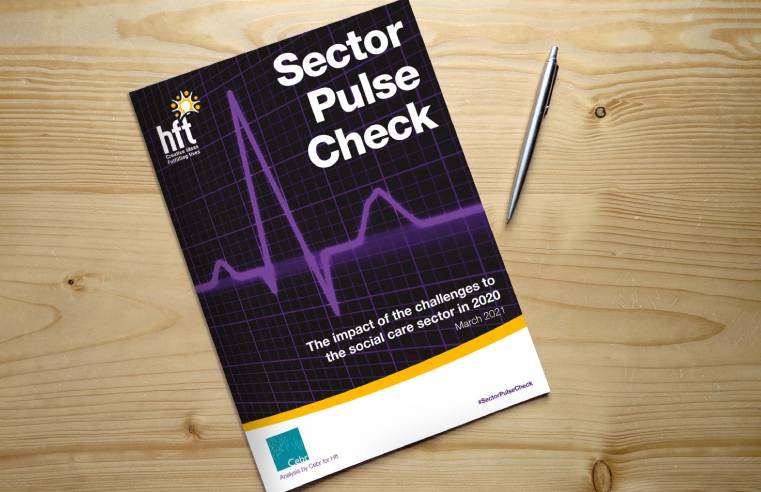“If we can figure out the natural processes that protect some areas of the brain, we might be able to find ways to boost these defences and shield the more vulnerable parts from the damage caused by Alzheimer’s disease.”
Researchers identify gene set that may protect parts of brain from Alzheimer’s

Published on 06/07/2016
Researchers have identified a specific pattern of gene activity in areas of the brain that are most vulnerable to the damage caused by Alzheimer’s disease.
This new study, published yesterday in Science Advances, which recognised the areas of the brain most at risk from Alzheimer’s, even in young, healthy brains, could be used to develop preventative treatments for those at risk before symptoms appear.
Using samples from over 500 healthy brains, the researchers measured the level at which certain genes are turned on across the brain.
They found key differences in gene activity between brain regions that would be damaged in Alzheimer’s disease and those regions that are typically spared.
The findings pinpoint a set of genes that may be important in protecting the brain from developing the toxic protein clumps that are characteristic of the disease.
Responding to this, Dr James Pickett, Head of Research at Alzheimer’s Society,said: “In people with Alzheimer’s disease, some parts of the brain are damaged more than others and understanding why these brain areas are more vulnerable could help us to find ways to better protect against the development of dementia.
“This innovative new research has found a difference in the activity of a collection of genes in these vulnerable regions, even in young, healthy brains. These differences can help us to begin to understand why some areas of the brain succumb to damage while others are spared.
“If we can figure out the natural processes that protect some areas of the brain, we might be able to find ways to boost these defences and shield the more vulnerable parts from the damage caused by Alzheimer’s disease.”
Related News
Categories
- CQC ratings
- Care home news
- Care jobs
- Care planning
- Care sector awards
- Care sector events
- Care sector news
- Care staff
- Charity
- Cleaning & Hygiene
- Construction
- Dementia
- Disability
- Entertainment
- Finance
- Fitness
- Food & Drink
- Fundraising
- Furniture
- Health & Safety
- Healthcare
- Hospice & Palliative Care
- Hospitals
- Industry Comment
- Interiors
- Laundry
- Legal
- Leisure
- Medication
- Mental Health
- Mobility
- New appointments
- PPE
- Products
- Property
- Recruitment
- Relationships
- Research
- Safeguarding
- Security
- Services
- Social care
- Sustainability
- Technology
- Training
- Transport
- Uniforms
- Waste
- Wearables



















